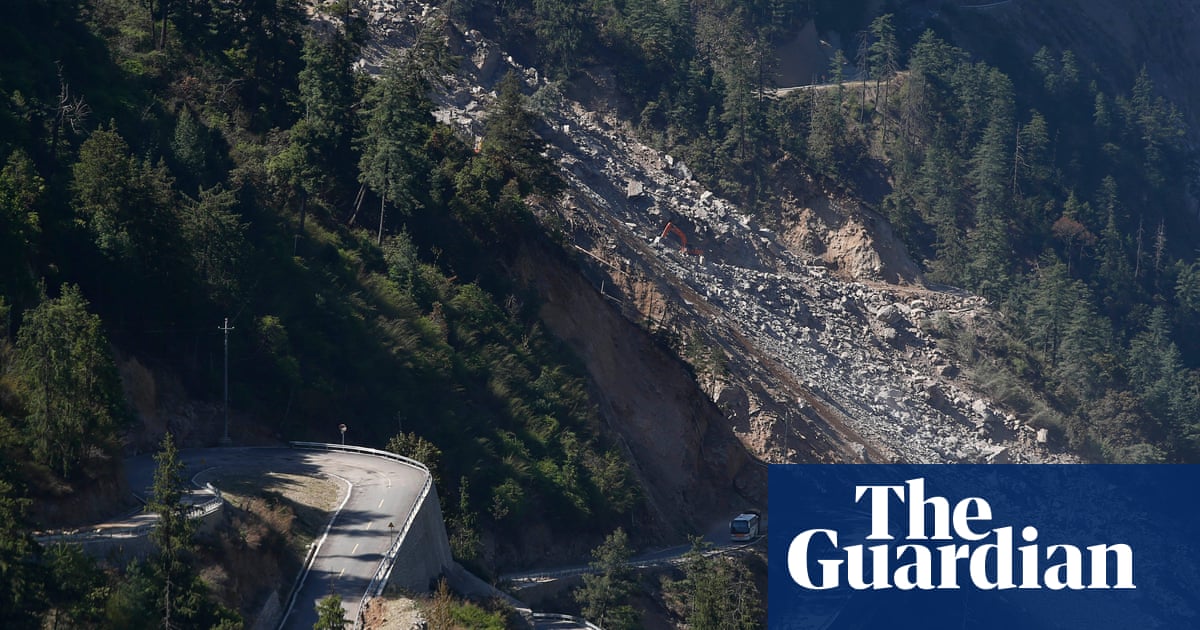The article sheds light on a recent study highlighting the correlation between geological complexity and the propensity for landslides. By introducing a new index that measures geological intricacies, researchers are offering a fresh perspective on how different landscapes may be more vulnerable to these natural disasters.
Research Implications
The study conducted by Yifan Zhang and colleagues presents an index that combines various geological factors such as lithological and tectonic complexities, seismicity, and structural disorder. This index was applied to the eastern Himalayas, revealing that regions with higher geological complexity were more prone to landslides. The findings could influence how scientists and planners assess risks in geologically complex areas, providing a foundation for improved disaster preparedness and land use policies.
Public Perception
By focusing on the link between geological complexity and landslides, the article may aim to raise awareness about geological risks in certain areas. This could foster a perception that not all regions are equally safe, thereby prompting local governments and communities to take preventive measures. The article does not appear to conceal any significant information but rather emphasizes the need for a nuanced understanding of landslide risks.
Potential Manipulation
While the article presents scientific findings, there is a subtle undertone that could be interpreted as a call for increased vigilance in certain regions. The framing of geological complexity as a risk factor could lead to heightened anxiety among residents in such areas, suggesting a potential manipulation of public sentiment surrounding natural disasters.
Comparative Analysis
In comparison to other studies on natural disasters, this article provides a specific focus on geological factors, which may not always be highlighted in broader discussions about climate and land use. This distinct angle could link to ongoing conversations about environmental management and disaster response strategies.
Societal Impact
The insights from this study could have broader implications for communities living in geologically complex regions. There may be repercussions in urban planning, insurance sectors, and even political discussions surrounding infrastructure development in at-risk areas. As awareness grows, it could lead to increased funding for geological research and disaster preparedness initiatives.
Target Audience
The findings are likely to resonate with environmental scientists, urban planners, and policymakers concerned about disaster management. Additionally, it may appeal to communities in vulnerable geological regions who are seeking to understand and mitigate risks associated with landslides.
Market Reactions
While the article itself may not directly influence stock markets, companies involved in geological research, infrastructure development, or disaster mitigation could see shifts in investor interest based on the implications of such studies. The findings could lead to increased demand for technologies and services that address geological risks.
Geopolitical Relevance
Although the study is focused on specific geological factors, it contributes to the broader discourse on environmental vulnerability, which is increasingly relevant in today's climate discourse. The findings could serve as a reminder of the intricate balance between human activity and natural processes, potentially influencing environmental policies.
Use of AI in Reporting
It is possible that AI tools were employed in the analysis of geological data or in the drafting of the article itself. AI models might have assisted in synthesizing complex data into a more digestible format for the audience. If AI played a role, it could suggest that the study's findings are presented in a manner designed to capture public interest and concern.
In conclusion, while the article provides valuable insights into geological complexities and landslide risks, it also raises questions about public perception and the potential for manipulation through carefully crafted narratives. Overall, the information appears to be credible, with significant implications for disaster preparedness and risk assessment in vulnerable areas.
